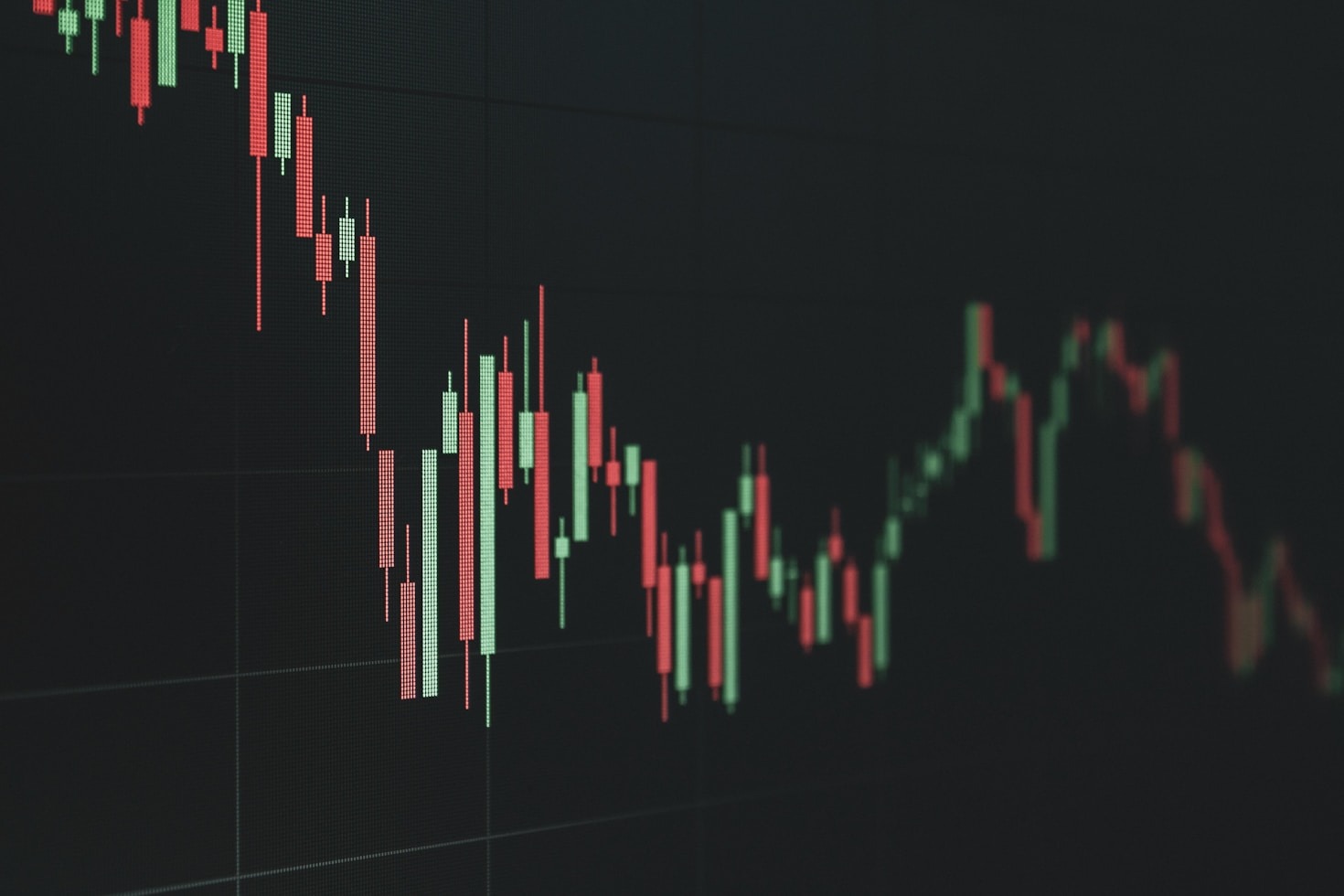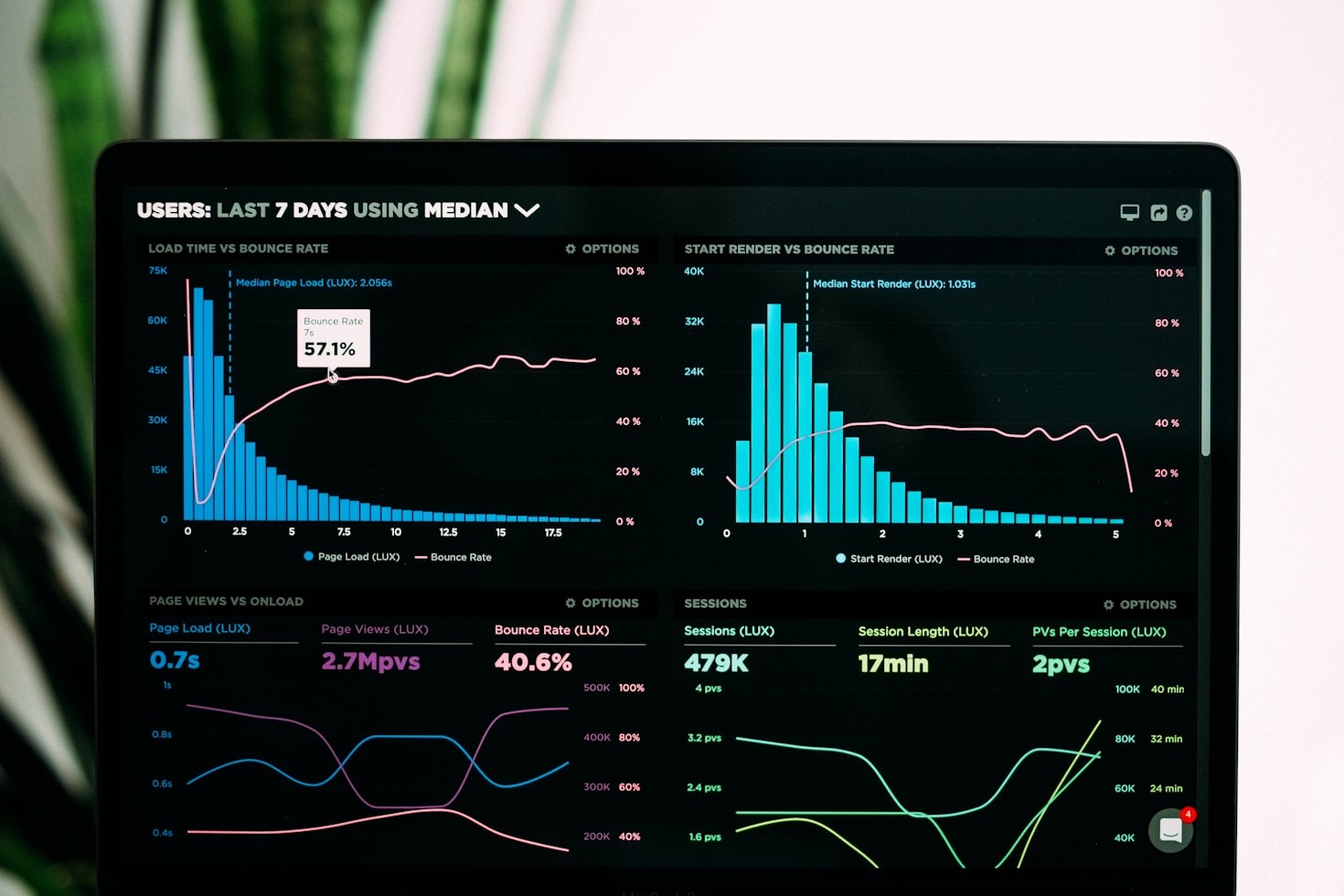The journey to consistent profitability in forex is often characterized by exhilarating highs and frustrating lows. Market challenges—whether a prolonged losing streak, unexpected news volatility, or the gnawing pressure of psychological fatigue—are not exceptions; they are an integral and constant feature of the trading landscape. An amateur trader sees these challenges as obstacles to be avoided; a professional analyst, however, views them as predictable variables to be systematically managed. Empowerment in trading comes not from eliminating challenges, but from developing robust systems to navigate them. This guide outlines the three primary market challenges and provides the professional frameworks needed to overcome them.
Challenge 1: The Cyclical Nature of Drawdowns
Every strategy, even one with a proven statistical edge, involves drawdowns—periods where your balance equity declines. The challenge is psychological: preventing a statistical occurrence from triggering an emotional, reckless response. Poorly navigated drawdowns are the single biggest cause of account failure.
The Systematic Defense Mechanism
Navigating a drawdown requires treating it as a mathematical certainty, not a personal failure. Your defense mechanism must be structural, based on these two rules:
- Strict Adherence to the 1% Rule: Never allow fear or revenge to tempt you into increasing your position size to “get back” losses. Risking 1% per trade ensures that even a streak of ten consecutive losses results in only a 10% dip, which is statistically recoverable. By contrast, risking 5% means a ten-trade drawdown results in a 50% loss, a catastrophic event that significantly compounds the recovery challenge.
- Implementing Stop-Trading Limits: Professionals set hard, non-negotiable thresholds for stepping away. If you suffer a 2% loss in a single trading day, your session must end immediately. Similarly, a 5% loss for the week mandates taking the rest of the week off. This acts as a crucial circuit breaker, protecting your capital and, more importantly, protecting your mental capital from compounding stress. The goal is to survive long enough for your high-expectancy strategy to regain its footing.
Challenge 2: Mitigating Volatility and News Traps
Forex is highly sensitive to unexpected announcements and scheduled high-impact economic data releases. Trading during these events (often referred to as ‘red folder’ news) is akin to gambling, as price movements become irrational, spreads widen dramatically, and stop-losses can be filled at inferior prices due to slippage.
Strategic Time-Based Risk Aversion
Successful navigation of volatility involves identifying when to trade and, crucially, when not to trade.
- Pre- and Post-News Blackout: Implement a mandatory blackout period. Close any positions related to the currency being announced (e.g., closing EUR/USD trades before a US Federal Reserve meeting) and remain flat for at least 30 minutes before and after the release. This simple rule protects you from event risk.
- Session Management: Recognize the specific challenges of each trading session. The Asian Session is often low-volatility, ideal for ranging strategies or meticulous charting. The London and New York Overlap is the most volatile and offers the clearest trends but demands peak focus and faster execution. Tailor your strategy to the session’s natural character. If you are a swing trader, avoid the micro-noise of the high-volatility window.
By treating the economic calendar not as a series of trading opportunities but as a risk management tool, you gain control over the market’s unpredictable elements.
Challenge 3: Overcoming Psychological Fatigue
The market demands intense mental discipline, leading to psychological fatigue. This state manifests as poor decision-making, impulsivity, revenge trading, and the erosion of adherence to your core strategy. This challenge is insidious because it attacks the trader directly, not the account.
Building Mental Resilience Through Routine
To combat fatigue, you must prioritize process and self-care, building mental resilience through ritual:
- Pre-Trade Routine: Before opening the platform, review your trading plan, confirm your daily risk limits, and conduct a full market scan. This ritual forces objectivity and ensures you are making decisions from a professional, analytical state, not an emotional one.
- Post-Trade Journaling: Focus your journal not just on what the market did, but what you did. If a trade failed but you followed all your rules (entry, stop-loss, size), mark it as a successful execution. If a trade won but you violated a rule (e.g., risked 2%), mark it as a failed execution. This re-wires your brain to reward discipline, not monetary outcome.
- Physical and Mental Reset: Never trade when hungry, tired, or angry. These basic physical states directly impair cognitive function. Ensure you take scheduled breaks, step away from the screen, and get adequate rest. A well-rested trader is a disciplined trader.
Navigating the forex market’s inherent challenges is a mastery of systems over emotion. By establishing concrete rules for managing drawdowns, systematically avoiding volatility traps, and rigorously maintaining a professional psychological routine, you empower yourself to treat trading as a reliable, long-term endeavor. If you’re looking to accelerate your journey from theory to consistent profit, remember that GoldPipsFX provides daily signals for high-probability setups, market insights for critical context, and 1:1 personal coaching to master your psychology and strategy.





Leave a Reply